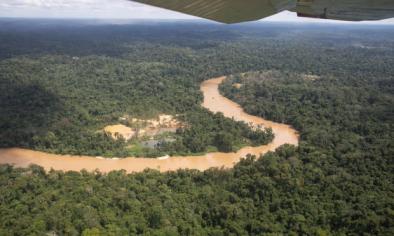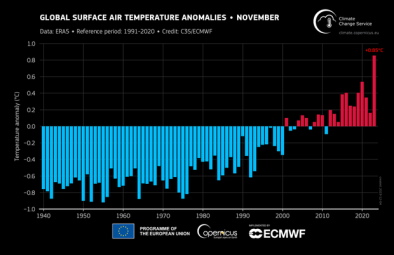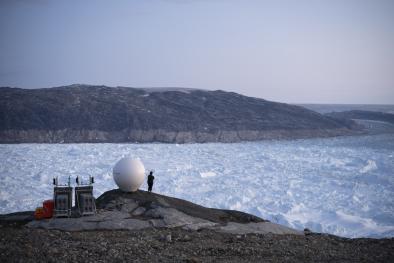Science Source
A multiregion model evaluation and attribution study of historical changes in the area affected by temperature and precipitation extremes
- Evaluates the skill of eight climate models in simulating the variability and trends in the observed areal extent of daily temperature and precipitation extremes across five large-scale regions, using the climate extremes index (CEI) framework
- Focuses on Europe, North America, Asia, Australia, and the Northern Hemisphere
- Results show that overall the models are generally able to simulate the decadal variability and trends of the observed temperature and precipitation components over the period 1951–2005. Climate models are able to reproduce observed increasing trends in the area experiencing warm maximum and minimum temperature extremes, as well as, to a lesser extent, increasing trends in the areas experiencing an extreme contribution of heavy precipitation to total annual precipitation for the Northern Hemisphere regions. Using simulations performed under different radiative forcing scenarios, the causes of simulated and observed trends are investigated.
- Finds a clear anthropogenic signal in the trends in the maximum and minimum temperature components for all regions
- Simulates a strong anthropogenically forced trend in the maximum temperature component in North America despite no significant trend in the gridded observations
- Finds a distinct anthropogenic influence for trends in the area affected by a much-above-average contribution of heavy precipitation to annual precipitation totals for Europe in a majority of models and to varying degrees in other Northern Hemisphere regions
- Does not reproduce observed trends in the area experiencing extreme total annual precipitation and extreme number of wet and dry days by climate models under any forcing scenario
Related Content
Headline

Feb 15, 2024 | Climate Nexus Hot News
Amazon Could Reach Tipping Point By Midcentury
Headline

Jan 16, 2024 | Climate Nexus Hot News
2023 Smashes Hottest Year Record
Headline

Dec 7, 2023 | Climate Nexus Hot News
It’s Official - 2023 Is World's The Hottest Year On Record
Headline

Dec 7, 2023 | Climate Nexus Hot News
Earth Veering Closer To Dangerous Tipping Points


